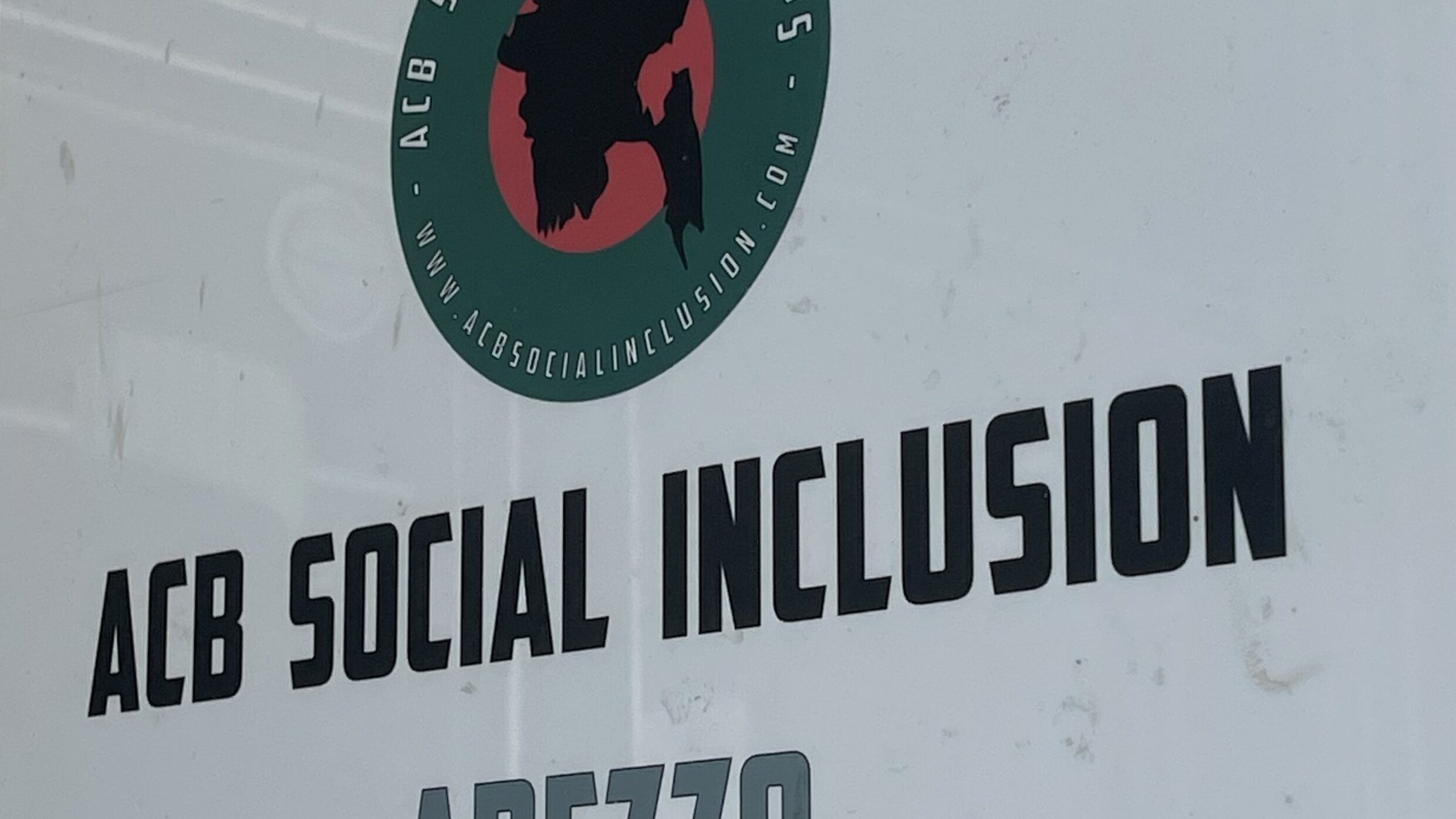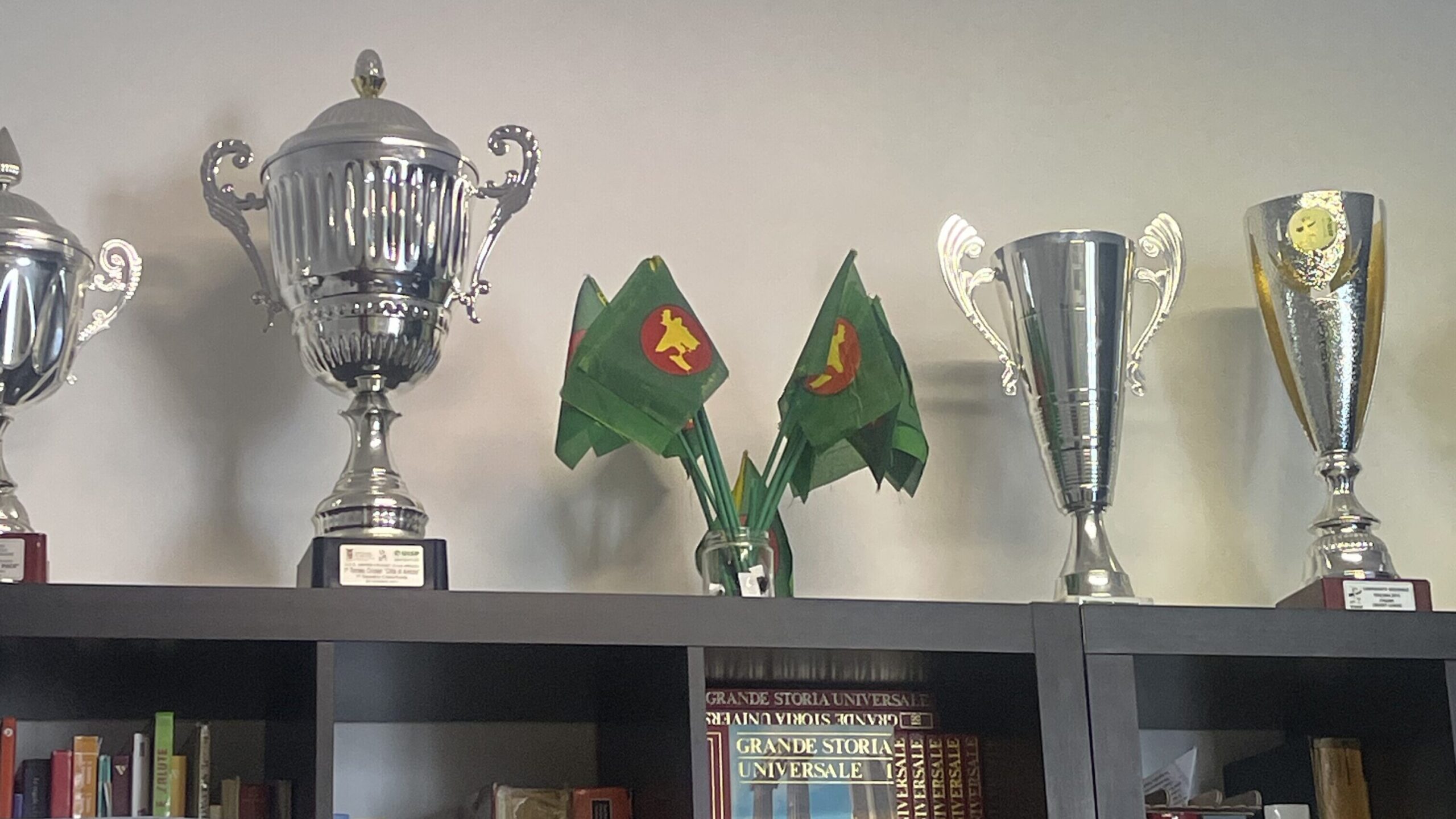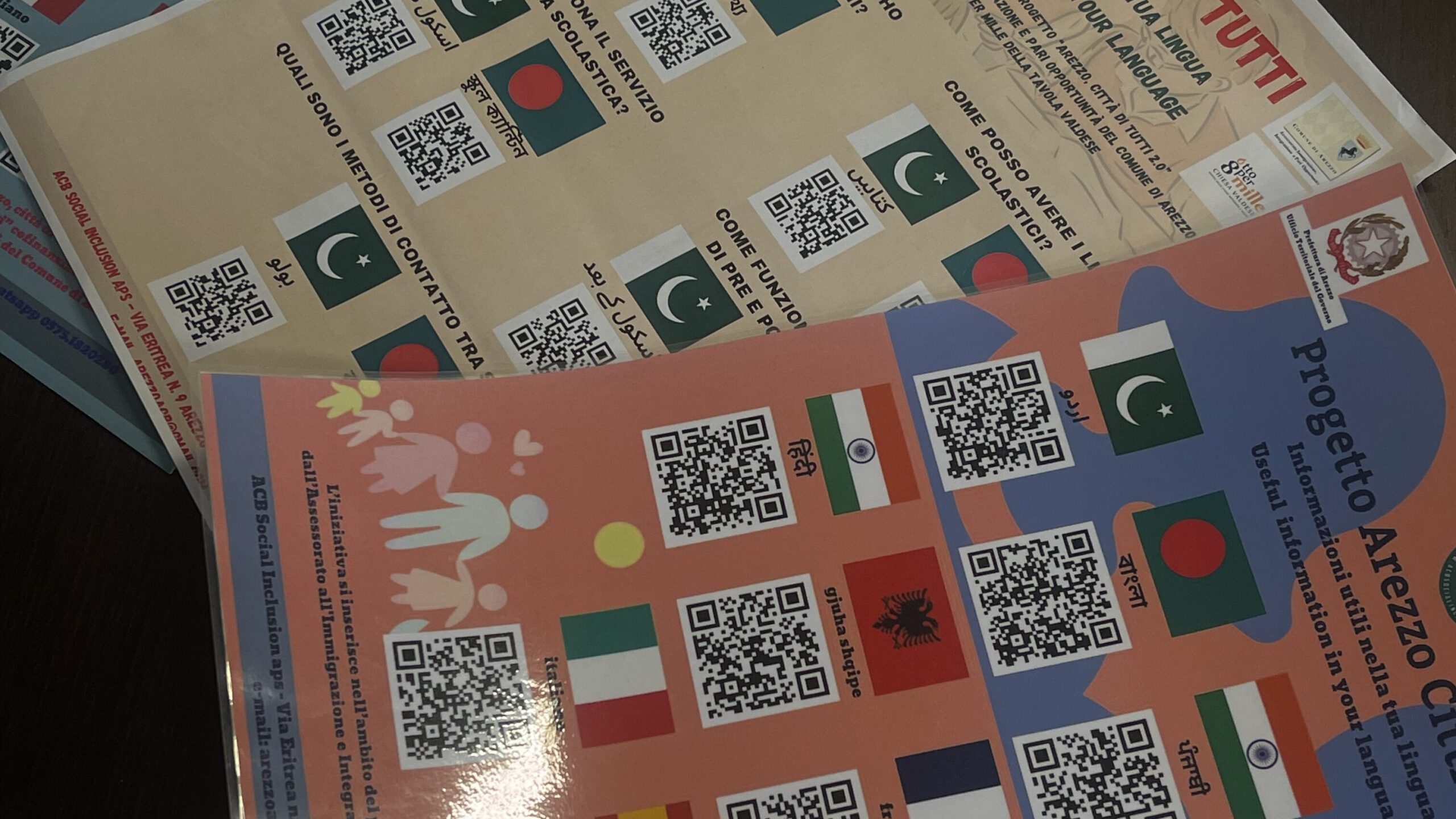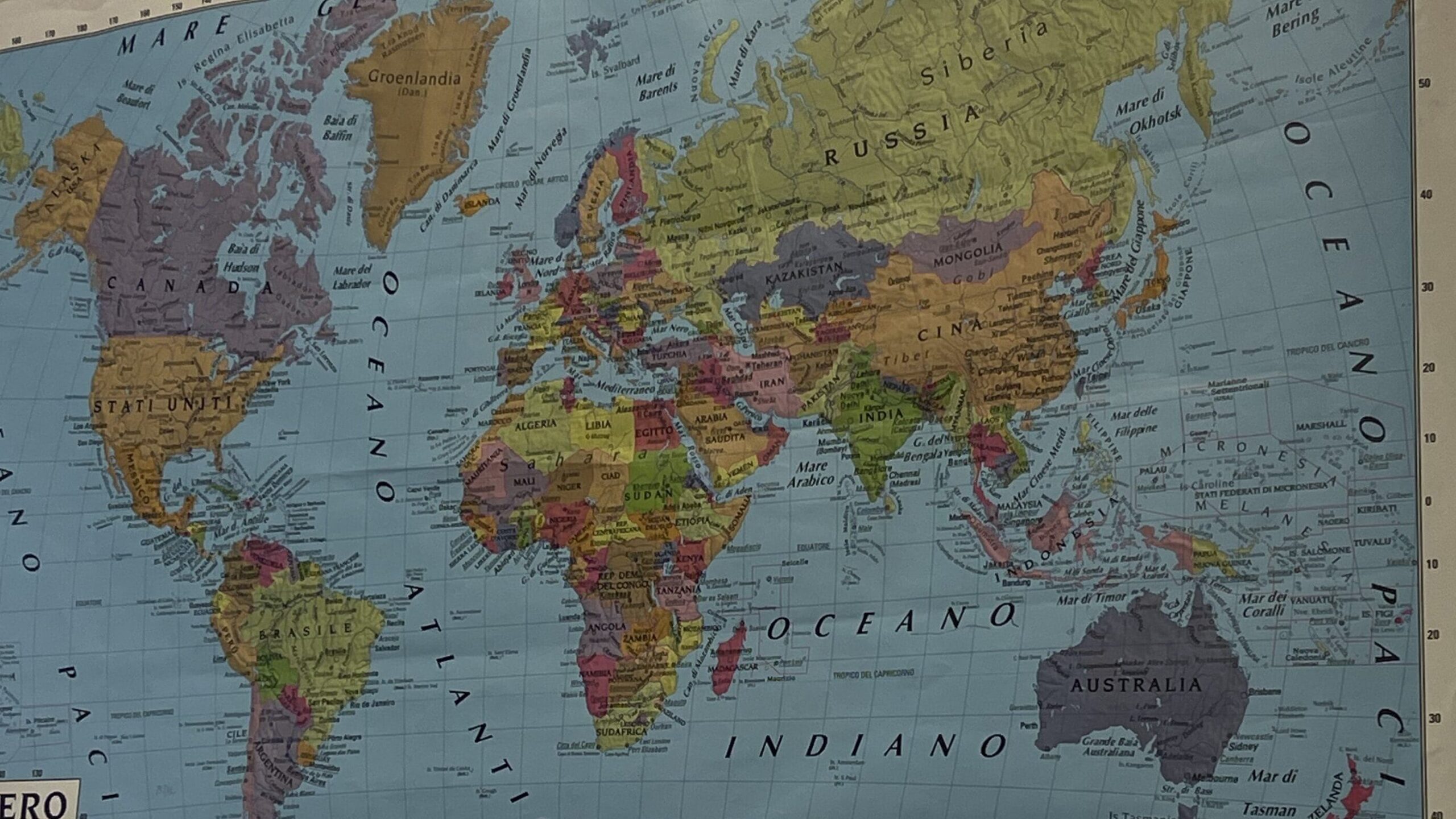
ACB Social Inclusion’s multi-faceted perspective on change and growth
Walking into the building that ACB Social Inclusion operates out of, I couldn’t help but think that the organization was hiding in plain sight. It was a short walk from one of Arezzo’s central streets. After sitting to visit with Paola Miraglia, the director of the local nonprofit, the physical space seemed to resonate with the overall mission of ACB Social Inclusion. There are two two key objectives that comprise this: helping the migrant community by acting as cultural mediators, and working with students from migrant communities to promote greater intercultural learning. These objectives are broad, and they set ACB Social Inclusion apart from other social service organizations. Beyond solely providing practical services, ACB uses innovative approaches to connect deeply with the Arezzo community. Paola spoke about the challenges faced by these individuals, opening my eyes to a part of the world that I had been ignorant of. The issues that ACB combats are ones that exist all throughout the community of Arezzo, just as the building exists off of one of the city’s central streets.

I went in visiting ACB wanting to use the perspective of technology as a framework to look at the innovations they implement. However, as Paola spoke, it became clearer to me that understanding the use of technology in progressing the mission of ACB is impossible without first understanding the importance of community. The very nature of the organization revolves around the Arezzo community and the ethnic communities that exist within. A census done in 2011, the most recent one done in Italy, found that over 12% of the Arezzo’s population consists of nationalities other than Italian. ACB Social Inclusion is central in providing services to non-citizens and members of smaller communities, ranging from practical services such as supplying housing and food to cultural immersion and adaptation opportunities.
Beyond this community impact, the organization is a community within itself. Paola recalled the year that Covid put a hold on funding for their projects. When this happened, ACB employees realized that resolution was possible only if they worked as a team. Each team member worked the same hours for significantly less pay. This shows the dedication that each individual has for pursuing positive change. Paola’s personal passion demonstrates this same attitude. When asked what drives her, she responded: “To learn every day.” To her, this means maintaining the desire to improve, understand, and maintain adaptability even after 20 years with the organization. “The world is unfair… even creating a change in your own localized community can make a huge difference.” One of the ways ACB Social Inclusion spurs this change is through technological innovation.
Technology allows ACB to connect with the community in various ways. One of the ways the organization approaches social inclusion and cultural immersion is by making foundational information easily accessible. They have created a system of posters that display QR codes, each poster providing detailed information on certain topics in several languages. For example, the poster produced for the local hospital answers the most commonly asked questions patients have. These QR codes are now displayed on site at the hospital. That being said, ACB Social Inclusion recognizes that not everyone has had equal opportunity to education, and literacy levels vary. To prevent inaccessibility, the QR codes present information in video format.

Not only does the organization exist to serve the communities of Arezzo, the information provided in each document must be supplied and verified by the larger community. Before ACB can begin producing the content, community members at each poster location provide extensive details on the most relevant information. The organization’s relationship with the community is certainly a symbiotic one.
Like all facets of ACB, the poster project has considerable depth. This intricacy caused a few problems to arise when implementing the innovation. One of the issues that arose involved the logistics of cultural mediators.
Many ACB employees act as cultural mediators, meaning they understand both the cultural context of Italy and that of the individual who has asked for help. This idea is important when producing digital media, as the information must be credible before being sourced out to the larger community. ACB works diligently to employ individuals well-versed in both cultures they are representing, guaranteeing that the information provided is not only accessible, but also relevant. The problem-solving approach that ACB Social Inclusion uses allows them to find well-suited professionals to record the videos for technology-based projects.

Oftentimes, innovation can’t simply be viewed through one specific framework. There is an interplay between the various aspects, such as community, technology, and teamwork. Each is foundational to the mission of ACB Social Inclusion. I find it fitting that an organization that deals intimately with sensitive, intricate social situations uses such a vast variety of approaches to innovation. This is an essential mindset, which has allowed them to continue moving forward in a complicated sector of work.
Quotes in this article have been provided to the best of my ability, as the interview was oftentimes translated from Italian to English, with the Assistant Director of OUA Ursula Armstrong acting as a mediator.


Leave a Reply